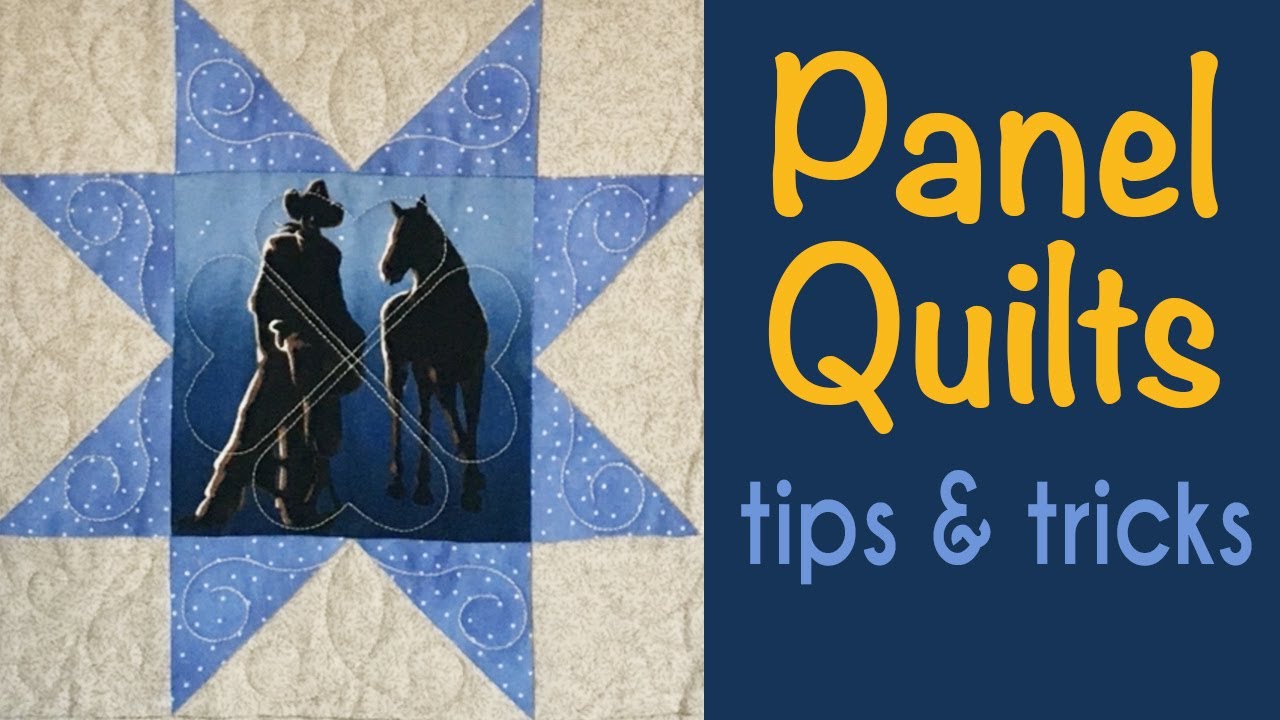Discover a spiritual journey like no other with our exquisite religious fabric panels. Immerse yourself in the intricate beauty and profound symbolism of these meticulously crafted pieces, designed to ignite a sense of wonder and reverence. Each panel is a testament to the rich cultural heritage and deep-rooted traditions that have shaped religious art throughout history. With their vibrant colors, intricate patterns, and timeless motifs, these fabric panels serve as captivating windows into the divine. Whether adorning the walls of a sacred space, enhancing a meditation corner, or simply adding an aura of tranquility to your home, these artistic masterpieces evoke a profound sense of spirituality and introspection. Crafted with utmost care and attention to detail, our religious fabric panels offer a tangible connection to the sacred, inviting you to explore the depths of faith and spirituality. Embrace the serenity that emanates from these pieces as they inspire contemplation, meditation, and a renewed connection with the divine. Elevate your spiritual practice and surround yourself with the majestic beauty of these religious fabric panels, which effortlessly blend artistry and devotion. Experience a harmonious union of art, culture, and faith that transcends time and speaks to the soul.

Religious Fabric Panels: A Closer Look at Spiritual Art
Fabric panels have been used for centuries to convey religious messages and create a spiritual ambiance. These intricately designed pieces of fabric serve as a medium to visually represent different aspects of religious beliefs and traditions. In this article, we will explore the significance of religious fabric panels and how they play a vital role in various faith communities.
The Symbolism of Religious Fabric Panels
Symbolism plays a crucial role in religious fabric panels. Each design element and color choice carries deep meanings that reflect the beliefs and values of a particular faith. These panels often depict symbols such as crosses, crescents, lotus flowers, or other religious icons. The selection of these symbols is based on their significance within the respective religious traditions.
For example, in Christianity, a fabric panel may feature a depiction of the crucifixion of Jesus Christ to remind believers of the ultimate sacrifice made for their salvation. In Hinduism, fabric panels may showcase intricate mandalas or images of gods and goddesses, representing different aspects of divine power and spirituality.
Furthermore, the colors used in religious fabric panels also hold symbolic meaning. For instance, blue is often associated with spirituality and divine presence, while gold signifies purity and enlightenment. These carefully chosen colors enhance the overall impact of the fabric panels and create a sense of reverence for the viewer.
The Role of Religious Fabric Panels in Worship
Worship spaces are often adorned with religious fabric panels to create an atmosphere conducive to prayer and meditation. These panels serve as a visual aid, helping worshippers connect with their faith on a deeper level. They provide a focal point for contemplation and reflection.
Religious fabric panels are commonly used in churches, temples, mosques, and other places of worship. They hang from walls, altars, or ceilings, adding a touch of spirituality to the surroundings. The intricate designs and vibrant colors of these panels draw the attention of worshippers, guiding their thoughts towards the divine.
In addition to their visual appeal, fabric panels also contribute to the acoustics of these sacred spaces. The texture and density of the fabric help absorb sound, reducing echoes and creating a serene environment for worship and prayer.
The Historical Significance of Religious Fabric Panels
Historically, fabric panels have been an integral part of religious ceremonies and practices. They have been used to adorn sacred spaces, religious artifacts, and even clothing worn by religious leaders. The rich history of fabric panels dates back centuries and is deeply rooted in various religious traditions.
In some cultures, fabric panels have been passed down through generations, becoming treasured heirlooms. These panels carry stories, memories, and the spiritual experiences of those who have used them in their religious practices. They serve as a link to the past, connecting present-day believers with their ancestors and the history of their faith.
Moreover, fabric panels have also played a role in interfaith dialogue and cultural exchange. They have been used as gifts to foster understanding and respect between different religious communities. By exchanging religious fabric panels, these communities have showcased their shared values and promoted the idea of religious harmony.
The Contemporary Use of Religious Fabric Panels
In modern times, religious fabric panels continue to be a significant part of religious practices and ceremonies. However, they have also found their way into contemporary art and interior design. Many artists incorporate religious fabric panels into their installations, adding a spiritual dimension to their work.
Religious fabric panels are also used in homes and private spaces to create personal altars or prayer corners. These panels allow individuals to establish a sacred space within their homes, fostering a stronger connection with their faith. Additionally, fabric panels can be used as decorative elements in religious events, such as weddings or religious festivals, further enhancing the spiritual ambiance.
In Conclusion
Religious fabric panels embody the spiritual essence of different faiths. Through symbolism, these panels visually convey religious messages and create a sense of reverence. Whether used in places of worship, passed down as heirlooms, or incorporated into contemporary art, fabric panels continue to play a significant role in religious practices, ceremonies, and personal devotion.
“Unleashing Creative Magic: Transforming Panels into Unique Quilts with Cyndi McChesney”
List of Religious Fabric Panels
Religious Fabric Panels
| Panel Name | Religious Symbol | Significance |
|---|---|---|
| The Divine Trinity |  |
The Divine Trinity panel showcases the interconnection between God the Father, Jesus Christ, and the Holy Spirit. It symbolizes the fundamental belief of Christianity and serves as a reminder of the unity and diversity within the Godhead. |
| The Lotus Mandala |  |
The Lotus Mandala panel is deeply rooted in Buddhism and represents purity, enlightenment, and spiritual awakening. It is a visual representation of the path towards achieving inner peace and reaching the state of Nirvana. |
| The Star of David |  |
The Star of David panel holds immense significance in Judaism. It is a symbol of divine protection, unity, and the connection between God and His chosen people. This sacred symbol is often used in religious ceremonies and is a powerful representation of Jewish identity. |
| The Om Symbol |  |
The Om Symbol panel is a key component of Hinduism and represents the ultimate reality, encompassing the three states of consciousness: waking, dreaming, and deep sleep. It serves as a profound reminder of the divine power that flows through all beings and the interconnectedness of everything in the universe. |
In the realm of religious fabric panels, each design holds deep spiritual significance. These panels not only serve as decorative pieces but also act as powerful symbols, reminding believers of their faith and guiding them on their spiritual journey.
One remarkable panel is “The Divine Trinity,” which beautifully portrays the interconnectedness between God the Father, Jesus Christ, and the Holy Spirit. This symbol, rooted in Christianity, represents the fundamental belief in the Triune nature of God and the unity found within the Godhead. Its presence in homes or places of worship acts as a constant reminder of the divine relationship and the multifaceted nature of God.
Another awe-inspiring panel is “The Lotus Mandala,” an integral symbol in Buddhism. This intricate design represents purity, enlightenment, and spiritual awakening. The lotus flower, emerging from muddy waters to blossom into a pristine blossom, serves as a metaphor for transcending worldly desires and attaining inner peace. By incorporating this panel into religious spaces, believers are reminded of the path towards enlightenment and the pursuit of Nirvana.
“The Star of David” panel holds great importance in Judaism. This six-pointed star symbolizes divine protection, unity, and the connection between God and His chosen people. It is a powerful representation of Jewish identity and is often used in religious ceremonies and synagogues to evoke a sense of belonging and spiritual strength.
The Om Symbol panel, deeply rooted in Hinduism, encapsulates the ultimate reality of the universe. It represents the three states of consciousness: waking, dreaming, and deep sleep. The Om symbol serves as a profound reminder of the divine power flowing through all beings and the interconnectedness of everything in the cosmos. Its presence within religious spaces fosters a sense of unity and reverence for the divine.
Religious fabric panels serve as tangible symbols of faith, visually encapsulating the essence of various religions. Whether it be Christianity, Buddhism, Judaism, or Hinduism, these panels offer believers a constant reminder of their spiritual journey and the sacred teachings they hold dear.

